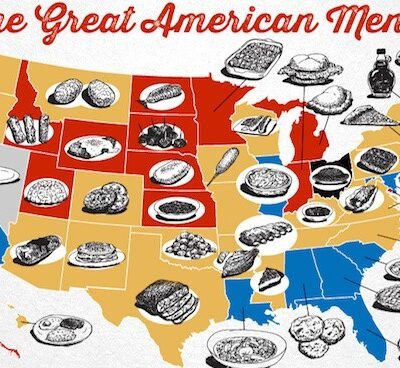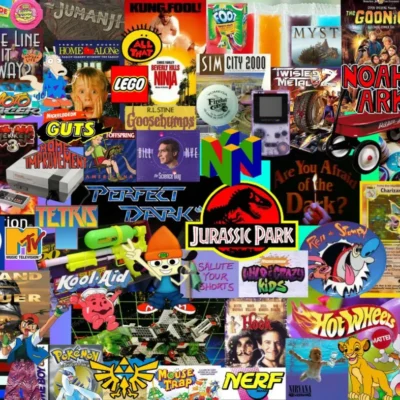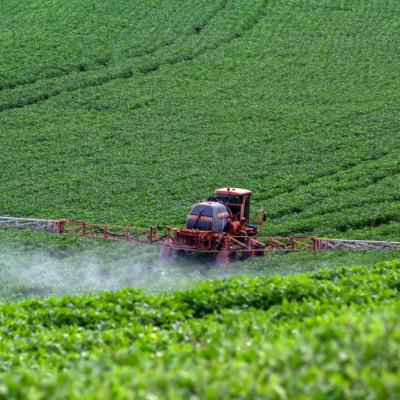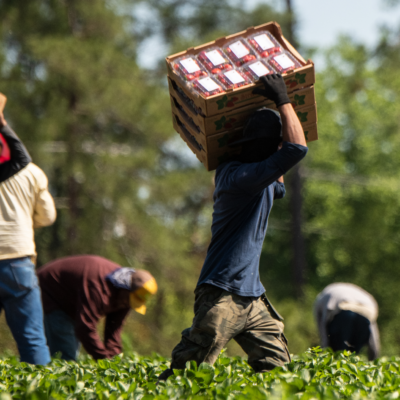Pickleball, a sport that blends elements of tennis, badminton, and ping-pong, is sweeping across the Tournament United States, earning the title of America’s fastest-growing sport for the fourth consecutive year. Once a niche activity played in backyards and retirement communities, pickleball is now a mainstream sensation, with urban American parks emerging as vibrant hubs for tournaments. From New York City to Los Angeles, cities are witnessing a surge in pickleball events, drawing players of all ages and skill levels to public spaces. This growing trend is reshaping urban recreation, fostering community connections, and sparking debates about space and infrastructure. Let’s explore why pickleball tournaments are thriving in city parks and what this means for the future of urban living.

A Sport on the Rise
Pickleball’s meteoric rise is backed by impressive numbers. According to the Sports & Fitness Industry Association (SFIA), 19.8 million Americans played pickleball in 2024, a 45.8% increase from 2023 and a staggering 311% growth over three years. The sport’s accessibility is a key driver: it’s easy to learn, requires minimal equipment, and can be played on courts much smaller than those for tennis. A standard pickleball court measures 44 feet by 20 feet, making it ideal for urban parks where space is often limited.
Tournaments are a significant part of this growth. In 2024, USA Pickleball sanctioned 142 tournaments, including high-profile events like the Biofreeze USA Pickleball National Championships in Mesa, Arizona, which drew over 2,600 players from 47 states and 13 countries. The Professional Pickleball Association (PPA) hosted 26 tournaments, while the Association of Pickleball Professionals (APP) held 20, and Major League Pickleball (MLP) organized 11. This marks a 300% increase in tournaments compared to the previous year, reflecting the sport’s competitive appeal.
Urban parks are increasingly the go-to venues for these events. Cities like Austin, Chicago, and New York are hosting amateur and professional tournaments in public spaces, capitalizing on the sport’s social and inclusive nature. Unlike tennis, which often requires exclusive club memberships, pickleball’s low barrier to entry makes it a perfect fit for community-driven park settings.
Why Urban Parks?
Urban parks are uniquely suited to host pickleball tournaments for several reasons. First, their accessibility ensures that players from diverse backgrounds can participate. Parks are free to use, and many cities have retrofitted existing tennis or basketball courts with pickleball lines, making it cost-effective to create new playing spaces. In New York City, for example, the Parks Department has converted underused tennis courts into dual-use spaces to accommodate both sports, balancing the needs of different recreational users.
Second, urban parks offer a social environment that aligns with pickleball’s community-oriented vibe. The sport is often described as “addictive” due to its fun, interactive nature. Players banter during games, and doubles matches encourage teamwork, fostering connections among strangers. In cities like Chicago, pickleball clubs are springing up in parks, turning them into social hubs where residents gather for regular games and tournaments. These events often include food trucks, live music, and family-friendly activities, transforming parks into lively community spaces.

Third, the economic benefits are hard to ignore. Tournaments attract players and spectators, boosting local businesses like restaurants and hotels. The 2024 Biofreeze USA Pickleball National Championships generated an estimated $3.6 million in economic impact for Mesa, Arizona. Cities like Austin are leveraging pickleball to draw tourists, hosting major tournaments that highlight their outdoor recreation offerings.
Challenges in the Urban Pickleball Boom
Despite its popularity, the rise of pickleball tournaments in urban parks isn’t without challenges. One major issue is the shortage of courts. With demand outpacing supply, players in cities like Los Angeles and New York often face long wait times, leading to frustration and disputes over court access. The SFIA estimates that $855 million is needed over the next five to seven years to build enough courts to meet current demand.
Noise is another concern. The distinctive “pop” of a pickleball paddle hitting a hard plastic ball is louder than a tennis ball’s thud, prompting complaints from residents near urban parks. In some cities, like Vienna, Virginia, noise disputes have led to restrictions on pickleball playing hours. Innovations like sound-dampening paddles and acoustic barriers are being explored, but these solutions are not yet widespread.
Space allocation is also a point of contention. As cities convert tennis and basketball courts for pickleball, players of other sports feel sidelined. In New York and Los Angeles, tennis players have voiced concerns about losing access to courts, sparking debates about equitable resource distribution. Urban planners are responding with creative solutions, such as hybrid court designs and multi-use recreational spaces, but balancing the needs of all park users remains a work in progress.

A Younger, More Diverse Player Base
Pickleball’s appeal is broadening, with urban tournaments reflecting a shift in demographics. While the sport was once associated with older adults, the average player age is now 34.8 years, with the 25-34 age group leading participation at 2.3 million players. Over 1 million children also started playing in 2024, dispelling the myth that pickleball is just for retirees. This younger, more diverse player base is evident at urban park tournaments, where families, college students, and young professionals compete alongside seasoned players.
Women are also joining the sport in growing numbers, making up 39.5% of players, with female participation growing slightly faster than male. The inclusive nature of pickleball, combined with its low physical demands compared to tennis, makes it attractive to a wide range of participants. Urban tournaments often feature categories for different skill levels and age groups, ensuring everyone from beginners to pros can compete.
The Future of Pickleball in Urban Parks
The growing trend of pickleball tournaments in urban American parks shows no signs of slowing down. Industry analysts predict continued growth in 2025, though infrastructure challenges will need to be addressed to sustain the sport’s momentum. Cities are already adapting by building dedicated pickleball courts and exploring innovative designs, such as portable courts and multi-use facilities. In Chicago, plans are underway to develop multi-court complexes in larger parks, while Los Angeles is converting underused spaces like parking lots into pickleball venues.
The sport’s professional scene is also thriving, with urban tournaments offering substantial prize money—estimated at $9-11 million across major tours in 2023. Increased media coverage on networks like ESPN and CBS is elevating pickleball’s visibility, attracting sponsors and investors. Some speculate that pickleball could become an Olympic sport by 2032, further boosting its presence in urban parks as communities prepare for global competition.
Beyond competition, pickleball is reshaping how cities approach public spaces. Urban planners are rethinking park designs to prioritize flexible, community-oriented recreation, with pickleball at the forefront. The sport’s ability to bring people together—across generations, backgrounds, and skill levels—is a powerful draw, making it a catalyst for stronger, more connected urban communities.
Conclusion
The rise of pickleball tournaments in urban American parks is more than a passing trend; it’s a cultural shift that’s transforming city life. From fostering social bonds to driving economic growth, pickleball is proving its staying power. As cities navigate challenges like court shortages and noise complaints, the sport’s inclusive spirit and adaptability are paving the way for a new era of urban recreation. Whether you’re a seasoned player or picking up a paddle for the first time, urban parks are the place to experience the pickleball revolution. Grab a paddle, head to your local park, and join the millions who are falling in love with America’s fastest-growing sport.
Know More :- 9 Cybersecurity Trends Every US Business Must Know Now





